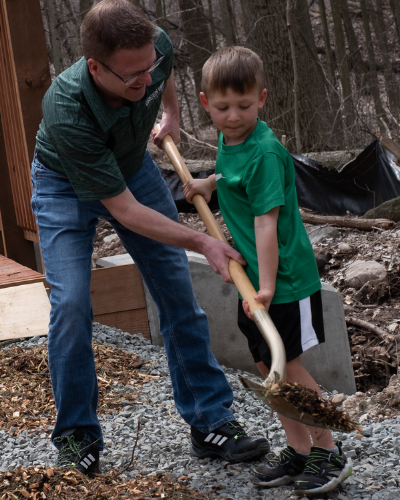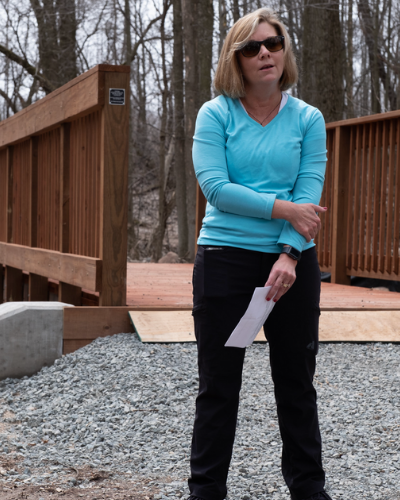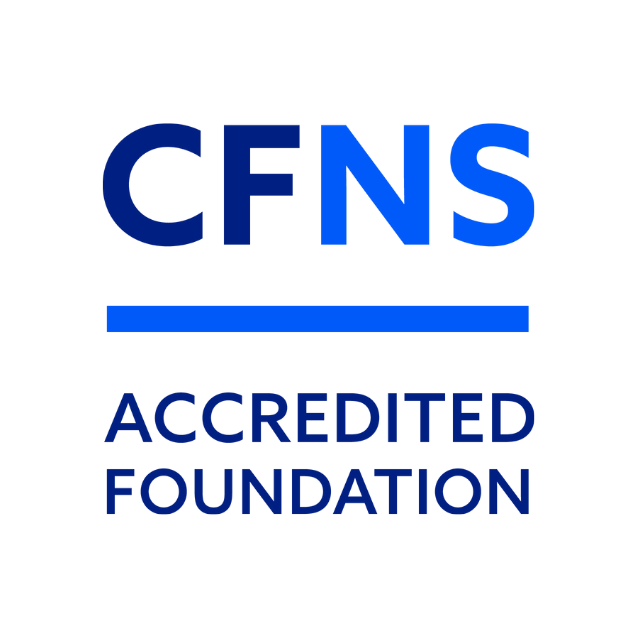UWGB Arboretum gets bridge upgrade thanks to generous gift
Since the Cofrin Memorial Arboretum opening in the mid-1970s, thousands of students have had the opportunity to trade four walls for a forest, and pencils for open prairies.

“At UW-Green Bay, we are so lucky to have this amazing resource so close to us. Being able to simply walk from an indoor classroom to the outdoor classroom in the arboretum is extremely convenient, not to mention that your resource for learning is always around you when you’re on campus,” said Norah Swenson, who graduated with a bachelor’s degree in 2021 and is pursuing her master’s degree in environmental science and policy.
The Cofrin Memorial Arboretum forms a natural boundary of 290 acres encircling the UW-Green Bay campus and provides valuable habitat and ecosystem services as well as access for research, field trips, wildlife viewing and recreation. In 1975, an endowment from the the children of John Cofrin and grandchildren of Austin Cofrin allowed the university to develop a system of trails and plantings, purchase additional property, and improve the arboretum’s botanical offerings.
Bob Howe, UW-Green Bay’s chair of biology and director of the Cofrin Center for Biodiversity, said many classes beyond science courses utilize the arboretum.
“We’ve had photography classes, poetry classes, art classes and more,” he said. “It’s great to just walk outside and have the area alive with life where you can demonstrate something to students or they can see what they’ve learned in the classroom come to life. It’s truly an outdoor classroom.”

The arboretum is constantly changing, Howe said. When he first started, there were more grasslands, but over time, trees naturally filled in. Ponds and trails have also been added. Improvements continue today, he said.
The arboretum’s bridges were recently replaced thanks to funding from the David L. and Rita E. Nelson Family Fund within the Community Foundation.

Martha Ahrendt
“This project resonates with others supported by the fund, including building a bridge for walkers, runners and bikers over the Fox River connecting Little Chute to Kaukauna,” said Martha Ahrendt, a donor services manager with the Community Foundation. “The Nelsons were interested in helping people experience nature, get down to the water and enjoy being outside.”
Howe said the bridges create a better experience for hikers, bikers and runners.

Ann Engelhard, Vice President of Donor Services & Gift Planning, speaks at the dedication in May.
“Bridges increase student access — they can now easily get into more parts of the arboretum,” he said. “We’re also working with university communications to get new signage and a new map. We’re very excited by that and hope to complete it this summer.”
All students can enjoy the arboretum even if they never have a class there, Swenson said.
“My favorite part of the arboretum is its benefit to not only students’ education, but their well-being,” she said. “I have spent many afternoons walking through the arboretum with friends and I can’t think of a better way to destress from classes and the life of a student than that.”
Interested in exploring a family fund? We have a variety of flexible fund options. Check them out here.




Leave a Comment